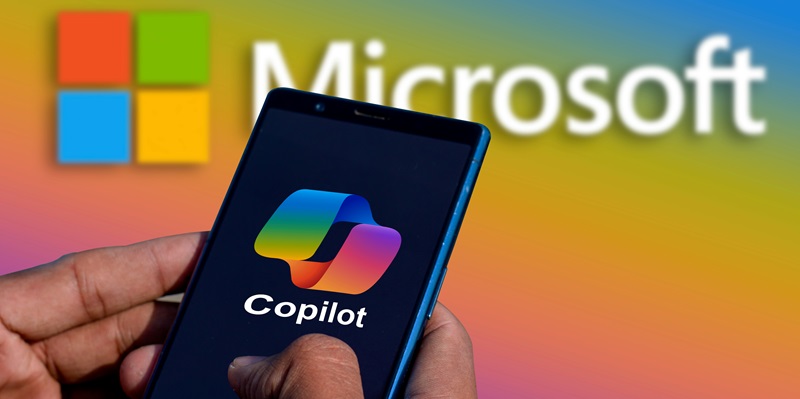For months, Windows 11 users with multiple monitors faced a vexing problem where using Copilot, Microsoft’s AI tool, jumbled their desktop icons. This wasn’t a simple annoyance; it disrupted workflows for users who depend on organized desktops across several screens. Multi-monitor setups are vital for tasks in graphic design, programming, and data analysis, where desktop consistency is key to productivity.
Microsoft acknowledged this issue in November, recognizing the upset it caused and the need for stable multi-monitor arrangements. Copilot’s tendency to shuffle icons randomly was akin to a virtual storm disordering one’s digital workspace, undoing careful organization. The issue underscored the balance between introducing innovative features and preserving user experience. For professionals relying on meticulous desktop organization, a resolution could not come soon enough.
Implementing the Solution
After a period of investigation and trial, a fix was finally put in place. But this was no ordinary patch disseminated through the usual update mechanisms. Microsoft opted for a more unconventional route—a service-side solution. This approach circumvented the need for users to manually download and install updates, considerably simplifying the resolution process for the affected parties.
Windows 11 versions 23## and 22## were the focus of this fix, with the remedial actions coming into effect for devices that had received updates dated January 9, 2024, or later. By lifting the safeguard on February 7, 2024, Microsoft not only highlighted its commitment to resolve the issue but also illustrated a level of agility in problem-solving that is not always visible in large tech companies. Furthermore, users were informed that the fix might take up to 48 hours to be pushed to their systems, and a simple restart could help quicken this update process.
Enhancing Stability and User Experience
This service-side solution is indicative of a broader strategic initiative by Microsoft to optimize the user experience post-haste. The swift action taken to address the multi-monitor bug underscores a recognition of the essential role that reliability plays in the daily operations of Windows 11 users. In effect, it demonstrates a priority shift from merely identifying and correcting software issues to doing so with minimal disruption to the consumer.
This resolution frees individuals who were previously wary of using Copilot across their multiple displays to now fully leverage the digital assistant’s capabilities. Microsoft has, through this incident, communicated a powerful message—the company is not only listening but also proactively adapting to its user base’s needs and delivering solutions that restore and enhance productivity.
Commitment to Seamless Integration
The rapid response to the multi-monitor bug reflects Microsoft’s commitment to a seamless user experience, particularly in environments where multiple screens are the norm rather than the exception. As users continue to push the technical boundaries of their hardware and software, the importance of a dependable and intuitive operating system becomes paramount.
The lifting of the February 7, 2024, safeguard marked a turning point in the multi-monitor saga, ensuring that the ability to perform tasks across several screens is treated as a baseline expectation, not a luxury. Microsoft’s handling of this issue serves as a benchmark for how software giants can and should respond to user concerns, setting a precedent for future enhancements and establishing a consistent, user-centered approach to troubleshooting and system refinement.

